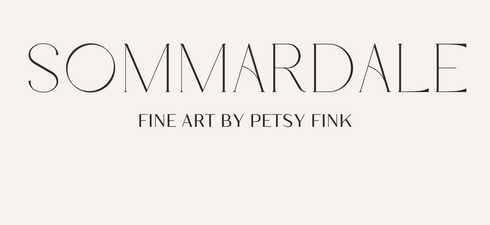The design world will tell you that minimalism is sterile, that luxury must announce itself with gilt and grandeur. I've spent two decades photographing the soul of spaces, and I've learned something entirely different: minimalism is not the absence of beauty. It is the distillation of it. And true luxury doesn't shout. It settles into your bones like a long exhale.
There is a difference between a room that looks quiet and one that feels quiet. The first is a style choice. The second is an emotional architecture.
The Silence That Speaks
I remember standing in a ryokan in Tokyo, surrounded by nothing but pale tatami, a single scroll, and winter light filtering through shoji screens. The space held me. Not with ornament or opulence, but with presence. It was so deliberately empty that everything within me became clear.
This is what the ancient Japanese call ma, the space between things. Not void, but potential. Not lack, but invitation.
Most walls don't whisper because they're too busy speaking. They're cluttered with competing voices, unearned statements, things placed because they fill space rather than hold it. We confuse decoration with depth, and in doing so, we create rooms that feel full but leave us feeling empty.
The walls that whisper understand restraint. They know that every element matters precisely because there are so few. They create what I think of as emotional sanctuary, a place where the noise of the world cannot follow, where you can hear yourself think, and more importantly, feel.
What We're Really Buying When We Buy Art
Here's what I've learned working with collectors, architects, and wellness leaders who are building spaces that matter: they're not shopping for art. They're searching for resonance.
They arrive fatigued by choice, overwhelmed by the sea of generic abstracts and mass-produced "statement pieces" that promise transformation but deliver only visual static. They've scrolled through a thousand options and felt nothing. Or worse, they've invested in something impressive that never became meaningful.
What they're actually seeking is a feeling. The sense of coming home to a space that reflects who they are beneath the roles and responsibilities. A room that doesn't just look considered, it feels consecrated. Not in a religious sense, but in the original meaning of the word: made sacred, set apart, treated with reverence.
This is why some art transforms a space and some merely occupies it. The difference isn't price point or size or even aesthetic. It's intentionality. It's whether the work was created from a place of stillness or urgency, presence or production.
The Ancient Principle Modern Spaces Are Missing
The Japanese have a word, Shibui, that has no direct English translation. It describes a kind of beauty that is subtle, unobtrusive, deeply considered. Not the beauty that announces itself at first glance, but the kind that reveals itself slowly, that deepens with time rather than diminishing.
Shibui is the opposite of everything our culture tells us luxury should be. It is never loud. It is never obvious. It values the mark of human hand over machine perfection. It prefers the poetry of restraint to the theater of excess.
When I create work rooted in this principle, I'm not just making abstract nature photography. I'm translating the emotional texture of a place, the feeling of standing at the edge of an ancient forest or watching first light touch water, into visual language that can live quietly in your everyday.
This is what transforms a wall from a surface into a presence. Not more, but better. Not louder, but truer.
Where Others Impress, I Restore
I've walked away from the conventional artist path because I'm not interested in impressing people. I'm interested in restoring them.
The spaces we inhabit shape us more than we realize. A room filled with visual noise creates internal noise. A space that lacks emotional depth leaves us feeling disconnected from ourselves. But a room that understands stillness, that offers visual rest rather than visual stimulation, becomes a place where we can return to center.
This is the work I do. Not decorating walls, but creating portals. Not adding beauty to a space, but revealing the beauty that was always meant to be there, waiting for the right voice to call it forward.
My process is rooted in the same principles I bring to my own life: deliberation over impulse, depth over display, presence over productivity. I photograph only what moves me, only what carries that whisper of something essential. Then I refine, edit, distill until what remains is irreducible. Pure essence.
There's no drama, no chaos, no anxious back-and-forth. Just clarity, collaboration, and the kind of quiet excellence that feels both grounding and elevating.
The Question Worth Asking
As you move through your spaces, wherever you call home or work, I invite you to notice: are your walls whispering or shouting? Do they offer you rest or require your attention? Have you chosen them, or have they simply accumulated?
The spaces that hold us best are the ones that understand silence. Not as absence, but as presence. Not as emptiness, but as possibility.
Everything worthwhile begins in stillness. Including the relationship between a soul and the space it inhabits.
If you're ready to transform your environment into emotional sanctuary, to create rooms that don't just look beautiful but feel sacred, I'd be honored to begin that conversation. This is work that cannot be rushed, only revealed.
Warmly,
Petsy

